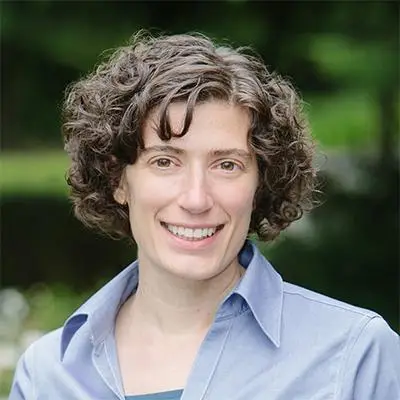The Bush Institute recently released State of Our Cities, a compelling new data tool for viewing public school conditions and outcomes for over 100 cities. The project’s scope is impressive, but in some cases it misses the mark by equating a single school district with an entire city’s public education system.
Our 2015 report, Measuring Up: Educational Improvement and Opportunity in 50 Cities, showed that public school systems in many cities today aren’t provided by single districts but rather by a complex mix of multiple school districts and charter authorizers. Phoenix, for example, is home to 28 school districts plus 139 charter schools, which are overseen by one of three different authorizers. The State of Our Cities tool represents Phoenix with the Paradise Valley School District. According to the US Department of Education, in 2012-13 (the year on which State of Our Cities reports), Paradise Valley enrolled about 31,000 students, 40 percent of whom are students of color. But if you look at all of the public schools operating within Phoenix—including charter schools and multiple school districts—the picture changes: all told, Phoenix’s public schools serve around 261,000 students, 70 percent of whom are students of color. For the mayor of Phoenix, Paradise Valley provides only a partial view of public schools in the city.

In Cleveland during the 2012-13 school year, only about 70 percent of the public school students were enrolled in the Cleveland Metropolitan School District; the rest of Cleveland’s students were enrolled in the city’s 57 charter schools overseen by one of nine different charter school authorizers.
Particularly puzzling is the decision by State of Our Cities researchers to represent New Orleans schools with Jefferson Parish School Board schools. These schools aren’t in New Orleans. The 6 schools directly run by Orleans Parish School Board (OPSB), the 22 charter schools authorized by OPSB, and the 54 charter schools associated with the Recovery School District are.
To be sure, for many places, like my hometown of Seattle, a single local school district does represent the city’s public schools. But for cities like Phoenix and Cleveland, narrowing the view to just one district is misleading.
Looking at only one district in complex systems also ignores the way parents often experience public schools. Parents routinely navigate and deal with the consequences of complex systems. For example, parents in cities with multiple school districts know that seemingly small residential moves can have big implications for where their child will go to school. Parents in New Orleans, Newark, Camden, D.C., and Denver complete an enrollment application that includes the cities’ district schools and charter schools. Parents might move their children between sectors, depending on where they find a good fit or what’s available.
I applaud the effort that went into State of Our Cities and hope that mayors in cities like Seattle do take a hard look at the data it presents. But this outdated district lens is not going to give many (and an increasing number of) mayors the same view of public schools that the families in their cities have.



